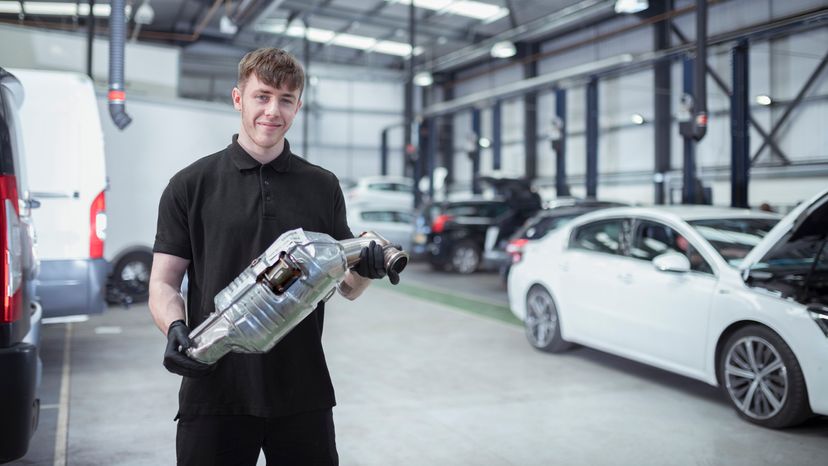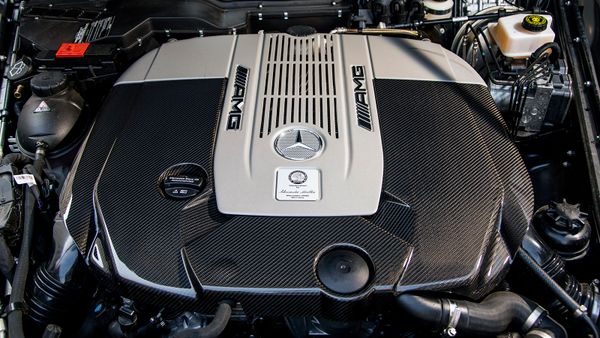The third stage of conversion is a control system that monitors the exhaust stream and uses this information to control the fuel injection system.
There is an oxygen sensor mounted upstream of the catalytic converter, meaning it is closer to the engine than the converter. This sensor tells the engine computer how much oxygen is in the exhaust.
The engine computer can increase or decrease the amount of oxygen in the exhaust by adjusting the air-to-fuel ratio. This control scheme allows the engine computer to make sure that the engine is running at close to the stoichiometric point, and also to make sure that there is enough oxygen in the exhaust to allow the oxidization catalyst to burn the unburned hydrocarbons and CO.
The catalytic converter does a great job at reducing the pollution, but it can still be improved substantially.
Catalytic Converters and Heat
One of its biggest shortcomings is that it only works at a fairly high temperature. When you start your car cold, the catalytic converter does almost nothing to reduce the pollution in your exhaust.
One simple solution to this problem is to move the catalytic converter closer to the engine. This means that hotter exhaust gases reach the converter and it heats up faster, but this may also reduce the life of the converter by exposing it to extremely high temperatures.
Most carmakers position the converter under the front passenger seat, far enough from the engine to keep the temperature down to levels that will not harm it.
Preheating Catalytic Converters
Preheating the catalytic converter is a good way to reduce emissions. The easiest way to preheat the converter is to use electric resistance heaters.
Unfortunately, the 12-volt electrical systems on most cars don't provide enough energy or power to heat the catalytic converter fast enough. Most people would not wait several minutes for the catalytic converter to heat up before starting their car.
Hybrid cars that have big, high-voltage battery packs can provide enough power to heat up the catalytic converter very quickly.





